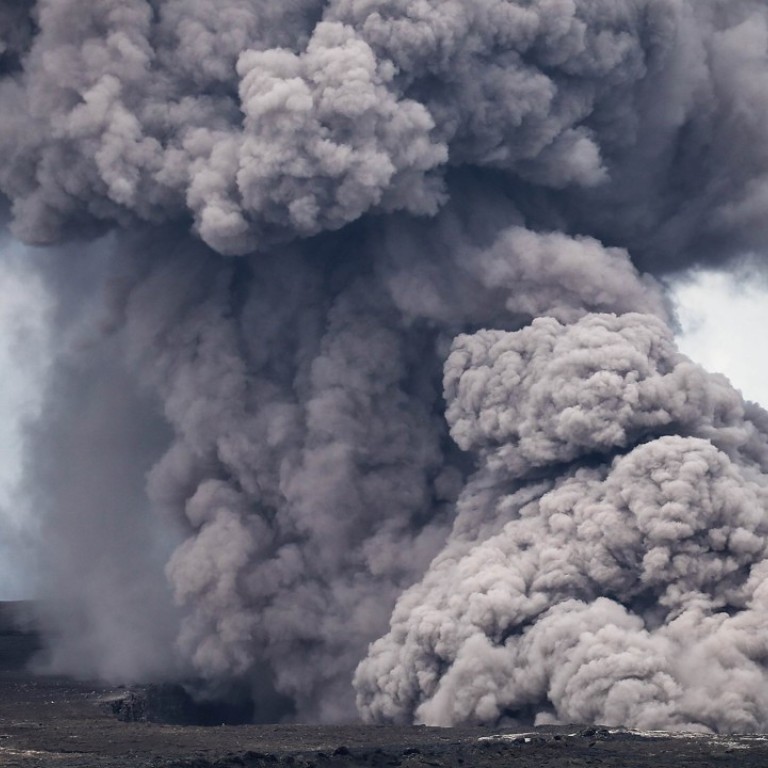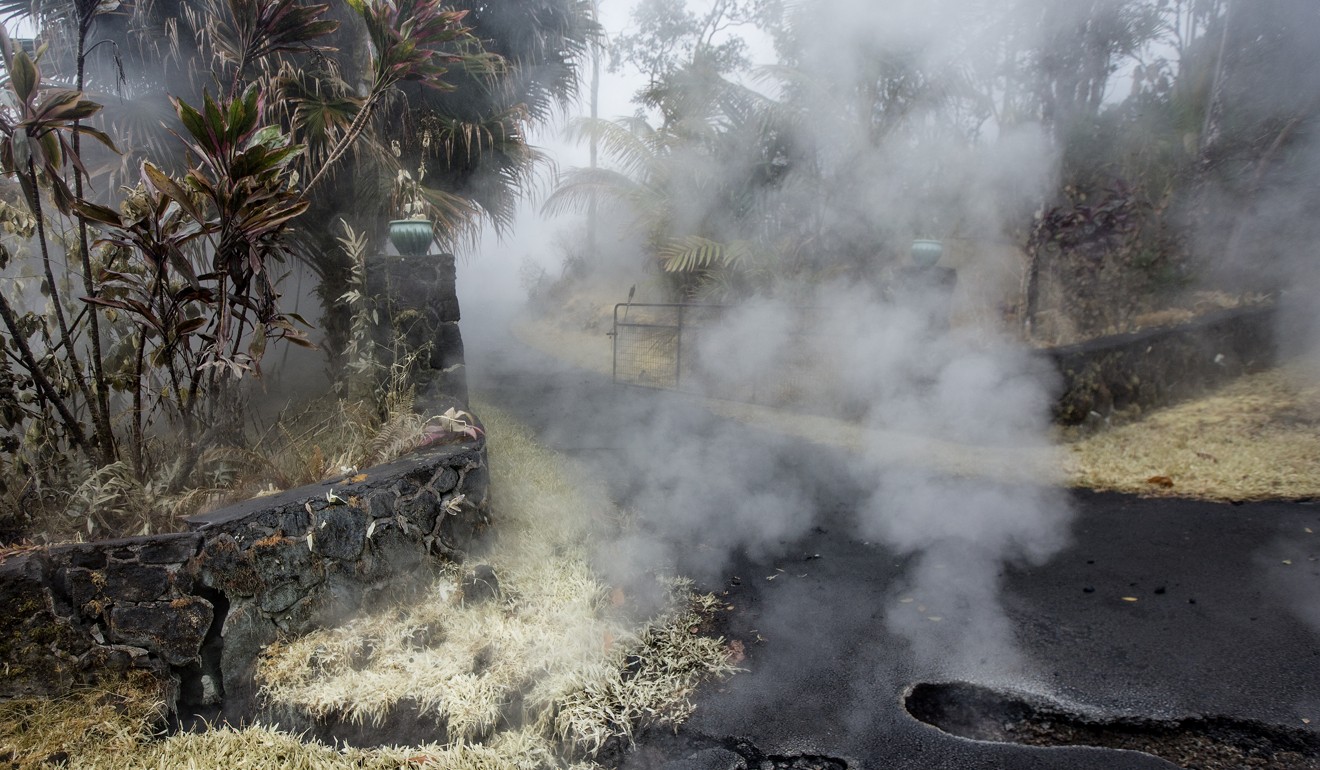
Geologists predict explosive eruption at Hawaii volcano, hurling blazing boulders more than a kilometre
New volcanic vents are opening, sending lava and dangerous gases into residential areas
Geologists warned Wednesday that Hawaii’s Kilauea volcano could erupt explosively and send boulders, rocks and ash into the air around its summit in the coming weeks.
The US Geological Survey said the risk will rise if the lava drops below the groundwater level beneath the summit’s caldera.
An influx of water inside could cause steam-driven explosions. There’s also potential for ash, steam and sulphur dioxide emissions.
Kilauea is one of the world’s most active volcanoes.
It has destroyed 36 structures since it began releasing lava into fissures that opened in a Big Island residential neighbourhood last week.

In the weeks ahead, the volcano could hurl lumps of blazing rock up to 2 metres in diameter a distance of more than a kilometre, the USGS said. It may also send pebbles shooting into the air several kilometres away, the USGS said.
In the Leilani Estates subdivision, police went door-to-door Tuesday to roust residents near two new volcanic vents emitting dangerous gases in areas where lava has poured into streets and backyards.
Authorities previously ordered nearly 2,000 residents to leave the two communities in the mostly rural district of Puna on Hawaii’s Big Island last Thursday. But some ignored the order and stayed to watch over their property.

Officers found a number of people still at their residences but there were no sign of holdouts later, said Talmadge Magno, administrator for Hawaii County Civil Defence.
Edwin Montoya, 76, had planned to stay to care for animals and keep looters away from his family’s property in Leilani Estates. He was forced to evacuate after the new fissures emerged, including one just 1.6km away.
“I’m in my truck right now on my way up the road,” he said. “The police came down here and made me.”
Both communities are in a forested, remote part of the Big Island on the eastern flank of Kilauea volcano, which has been erupting continuously since 1983.

There’s no indication when the eruption might stop, or how far the lava might spread.
Andrew Nisbet has no idea what happened to his house since he left it.
“My home is right in the line of the major breakouts so maybe, maybe not.” he said Monday during a community meeting.
Authorities urged Scott Wiggers to evacuate, but he refused.
“I’m in the safest part in the subdivision. There’s no threat to my house whatsoever,” said Wiggers, a tour guide.
Wiggers said he wasn’t leaving his home on the outskirts of the evacuation zone because he worried that if he did, he wouldn’t be able to get back in. But he’s prepared in case the situation takes a turn.
“I am packed. My truck is loaded. I’m not a dumb-dumb. If I see a threat, I’m out of here,” he said.
Officials warn that lava could flow downhill and burn areas that don’t currently face danger and that toxic volcanic gas could kill people, especially the elderly and those with breathing problems.

